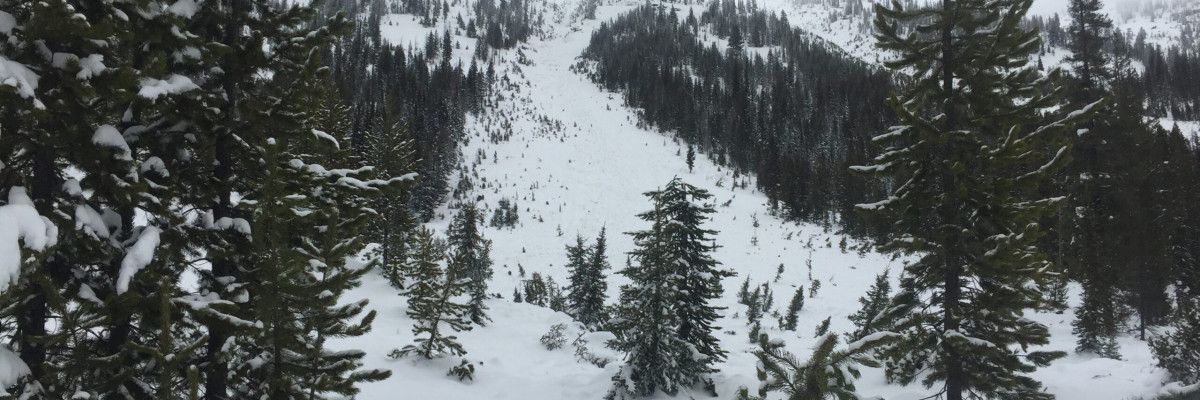The avalanche danger for the west central Montana backcountry is MODERATE. Large avalanches can be triggered in isolated locations, and smaller avalanches are possible in specific terrain. Careful evaluation is needed to identify features of concern.
Good morning, this is Travis Craft with the West Central Montana Avalanche Center’s avalanche advisory for January 03, 2019. This danger rating does not apply to operating ski areas, expires at midnight tonight and is the sole responsibility of the U.S. Forest Service.
Weather and Snowpack
Mountain temperatures range from 12 F to 27 F. In the Bitterroot winds are 9 mph with gusts of 12 mph out of the SW. In the northern part of the advisory area, winds are 6 mph and gusting to 12 mph out of the South(here is link for wind data). The region received 2 to 3 inches of new snow in the last 24 hours.
The primary avalanche problem is wind slabs. These slabs are located on leeward slopes, and any wind drifted piece of terrain. These slabs will be sensitive to human triggers and may have the potential to step down to weaker layers in the snowpack.
The second avalanche problem is persistent slabs. Dig a pit and pay attention to red flag data while traveling. The buried surface hoar and depth hoar are becoming less reactive in deeper snowpacks but are still able to be triggered in shallow snowpacks.
Bottom line the weak layers in our snowpack are gaining strength. But these weak layers are guilty until proven otherwise. Look for snowdrifts and smooth, rounded deposits of snow on ridgelines. There are small wind slabs on leeward terrain. Avoid likely trigger spots near rock outcrops and convexities on slope transitions.
Avalanche and Weather Outlook
Look for temperatures to moderate in the next couple of days and high winds. See the forecast here. The avalanche will rise with these conditions. Pay attention to changing weather conditions which mean that avalanche danger will change too.
Join us tonight at 6:00 pm at Big Sky Brewing for Beers with Forecasters.
If you get out into the mountains, please share what you see on our public observations page. They are not only helpful to your community but extremely helpful to us.
Ski and ride safe.
























